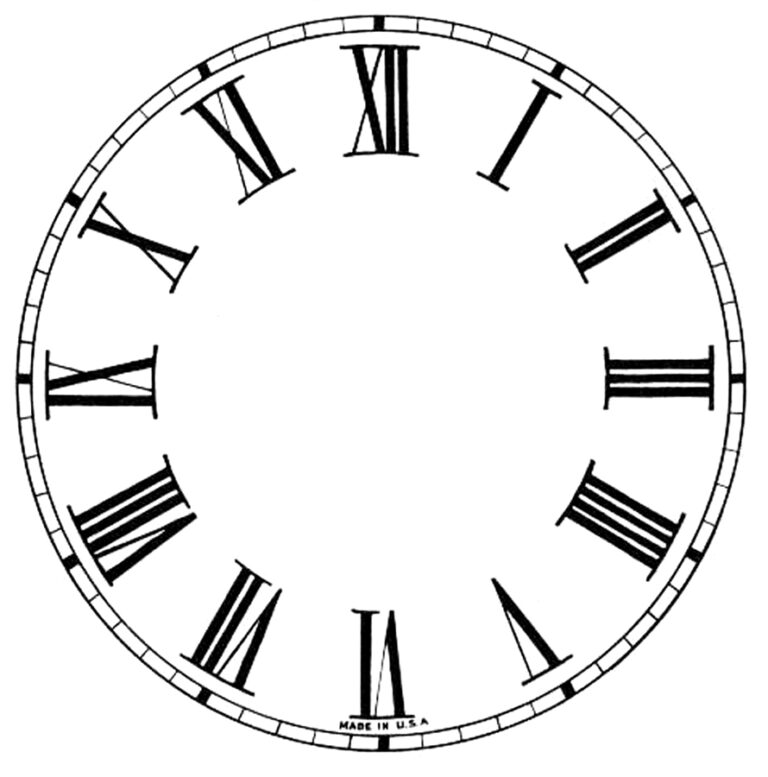

There can be elaborate scoring methods, assigning points based on positioning of numbers and hands, but simple pass/fail scoring has been shown as effective. For more on the difference between pre-drawing the circle and not, see below.) If the clock is drawn abnormally, for example if the numbers are in the wrong places, this indicates the possibility of dementia and a need for further evaluation by a qualified doctor. (Both methods have been shown as effective. Other times, the tester will not provide the circle, nor say the words “number” or “hands,” to avoid giving hints. Someone who may have dementia is asked to draw a clock showing the time as “10 minutes past 11.” Sometimes the subject is provided a pre-drawn circle and asked to fill in the numbers and hands. It simply means you need to make a doctor’s appointment so your loved one can be evaluated by an expert. If the clock is drawn incorrectly (see “Reading the CDT” below), that is not cause for despair. It’s important to remember that no true diagnosis can be made without further tests from a doctor. Although the test may not seem scientific, it is backed by science and has contributed to earlier diagnoses and improved quality of life for persons with dementia. The CDT also provides a powerful visual for families to see that something is wrong with their loved one. While a true diagnosis of Alzheimer’s or dementia obviously requires more than a few minutes of drawing with a pencil and paper, the CDT is useful for identifying issues in thinking ability that might indicate the presence of these illnesses. The Alzheimer’s Clock-Drawing Test (CDT) is a fast, simple way of spotting warning signs for Alzheimer’s disease and other related dementias that can be administered by non-professionals in the comfort of one’s home. Get Help Qualifying for Medicaid What is the Alzheimer’s Clock-Drawing Test? "Positive Approach" for Emotional Distress.
#CLOCK FACE HOW TO#
How to Converse with People with Dementia.


 0 kommentar(er)
0 kommentar(er)
